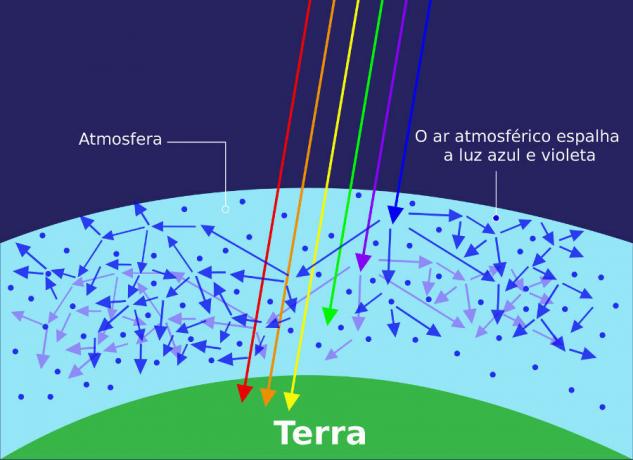Devices capable of receiving electrical energy and transforming it into other types of energy, other than thermal energy, are called electrical receivers. These devices work when they are connected to a circuit in which there are generators. Thus, we can say that many of the electrical and electronic devices we know are receivers.
The receiver is an element that consumes electrical energy: if the electrical charges arrive with high energy, and, during their passage through the receiver, they lose it, they leave with low energy. During this movement, successive shocks of electrical charges occur, which lose energy in the form of heat.
So, let's imagine the receiver as a device that has a resistance inside (internal resistance) responsible for all losses, as shown schematically in the picture below.

In the diagram in the figure above, we see that the largest trace represents the positive pole, that is, the greatest potential; and the smallest trace represents the negative pole, that is, the smallest potential. Thus, the power that is internally dissipated in the receiver can be calculated by the following expression:
Pd=r.i2
Remembering that the total power is given by:
PT=U.i
From energy conservation, we have:
PT=Pu+ Pd or U=ε+r.i
By Domitiano Marques
Graduated in Physics
Source: Brazil School - https://brasilescola.uol.com.br/fisica/resistencia-interna-um-receptor.htm


